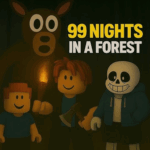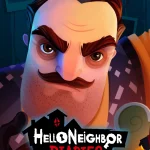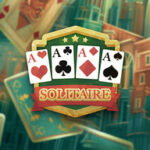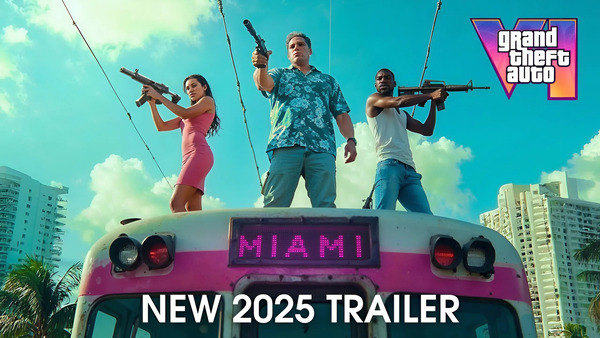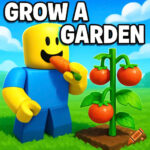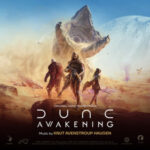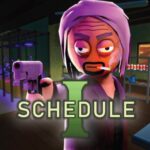
Minecraft
All trademarks belong to their respective owners.
Advertisement
Popular Now
Minecraft has transcended the gaming industry to become a cultural and educational phenomenon. Since its early days as an indie project, the game has evolved into a platform for limitless creativity and survival adventures, captivating millions of players worldwide. With continuous updates, cross-platform play, and a thriving community, Minecraft remains a timeless experience that encourages exploration, building, and imagination.
Latest Posts
Latest Reviews
-
 99 Nights In The Forest Roblox
Are you ready to test your survival instincts against the eerie darkness of a cursed forest? “99 Nights In The Forest Roblox” is not just another horror-themed survival game—it’s a chilling, multiplayer experience that blends tension, teamwork, and terror into one of the most talked-about Roblox titles in 2025.
Read full review
99 Nights In The Forest Roblox
Are you ready to test your survival instincts against the eerie darkness of a cursed forest? “99 Nights In The Forest Roblox” is not just another horror-themed survival game—it’s a chilling, multiplayer experience that blends tension, teamwork, and terror into one of the most talked-about Roblox titles in 2025.
Read full review
-
 Roblox: Grow a Garden
Discover Roblox: Grow a Garden, ultimate virtual farming experience. Learn planting tips, crop rotations, community events and more.
Read full review
Roblox: Grow a Garden
Discover Roblox: Grow a Garden, ultimate virtual farming experience. Learn planting tips, crop rotations, community events and more.
Read full review
-
 REMATCH
Experience the intensity of a rematch game as rivals clash once more to settle the score. Who will come out on top this time?
Read full review
REMATCH
Experience the intensity of a rematch game as rivals clash once more to settle the score. Who will come out on top this time?
Read full review
-
 Dune: Awakening
Survive and conquer in Dune: Awakening—a vast open-world MMO blending survival, strategy, and the epic lore of the Dune universe.
Read full review
Dune: Awakening
Survive and conquer in Dune: Awakening—a vast open-world MMO blending survival, strategy, and the epic lore of the Dune universe.
Read full review
-
 Zoonomaly
Enter the eerie world of Zoonomaly—a survival horror game where mutated creatures and dark secrets lurk in an abandoned zoo.
Read full review
Zoonomaly
Enter the eerie world of Zoonomaly—a survival horror game where mutated creatures and dark secrets lurk in an abandoned zoo.
Read full review
-
 Schedule 1
Schedule 1 details insurance coverage, aids in filing claims, and ensures accurate protection of your valuable assets.
Read full review
Schedule 1
Schedule 1 details insurance coverage, aids in filing claims, and ensures accurate protection of your valuable assets.
Read full review



